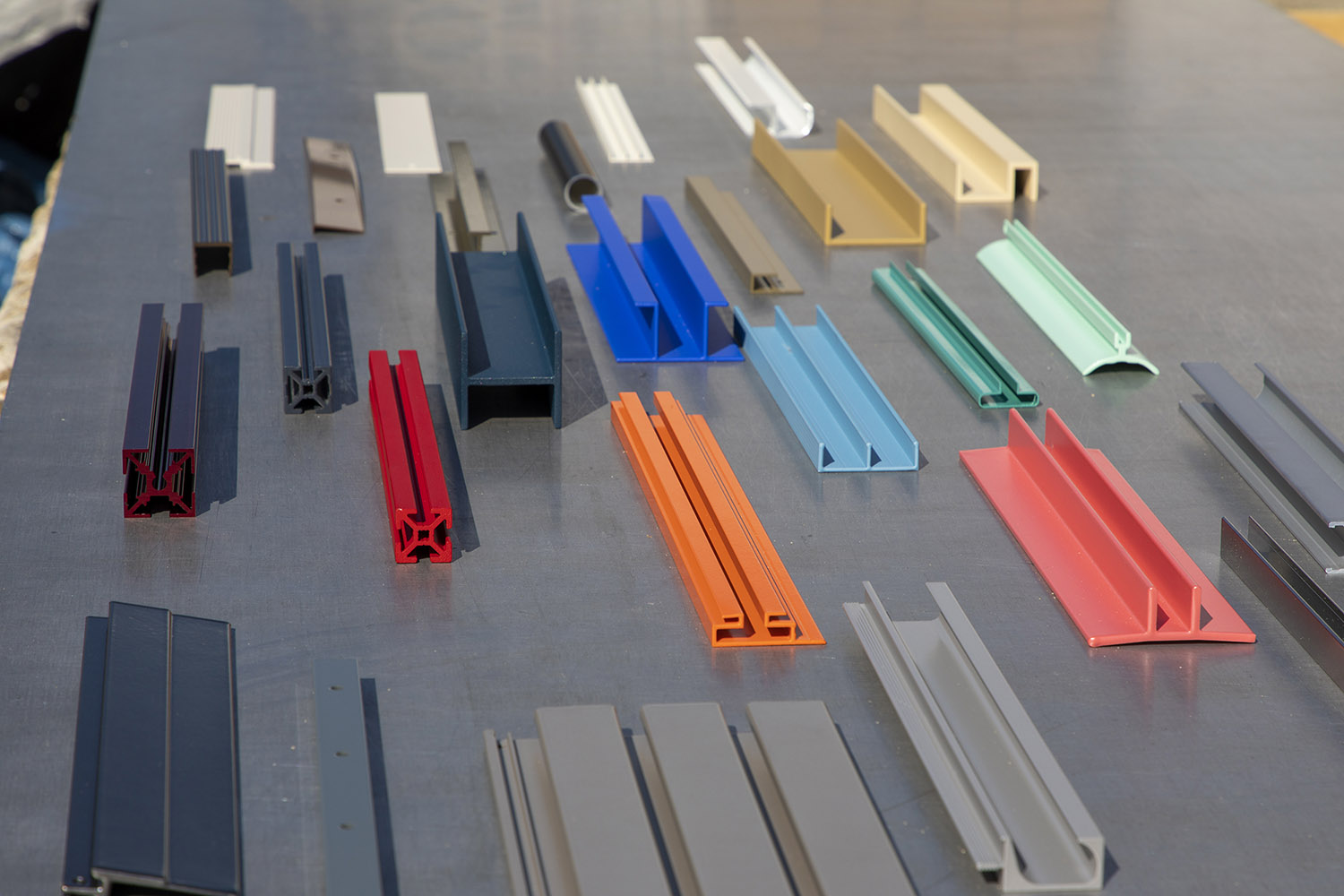7 Secure Types of Wall Mounting Hardware

Whether you’re hanging a heavy picture frame, a large mirror, or several slatwall panels, using the right types of wall mounting hardware is critical to securing your items properly.
Generally, studs are spaced 16 inches or 24 inches apart, though you may occasionally encounter some interesting variations. Drywall is often your alternative if you can’t mount directly to the stud. Still, we know that can be a tricky endeavor, especially with heavier items.
Here are seven types of wall mounting hardware and some tips on when you need them.
1. Z Clips
Z clips are an aluminum interlocking mounting system (like a wooden French cleat). They are ideal for mounting panels, signs, cabinets and other objects flat against the wall surface.
They are commonly used for keeping mounting hardware hidden.
2. Panel Rails
A panel rail is a partner piece to Z clips. When mounting an item, screw the panel rail to the wall, attach the Z clip to your item, and then wedge the two pieces together to hold your item against the wall.
3. Locking Panel Cleats
Panel cleats work like Z clips in that they connect to each other, but they also lock frames and panels to the wall. This is a significant advantage if theft or tampering is a concern since no one will be able to lift a displayed item off the wall casually.
4. Lag Bolts
Lagging directly to a stud is the most secure mounting option. Lag bolts, or lag screws, are among the toughest fasteners, and they are ideal when you need something that can bear a significant amount of weight.
To install: To avoid splitting the stud or breaking the head of the screw, you’ll want to drill a pilot hole. Opt for a slightly smaller diameter than the screw and drill entirely through to where the screw will eventually sit.
Typical weight capacity: Because the stud can usually hold several hundred pounds, your only weight limitation is the length and number of screws you use. Ultimately, you should always follow package instructions for weight tolerances, especially when installing heavy items.
5. Screw-In Anchors
Screw-in anchors are ideal for light work but can tolerate medium loads (up to 25 pounds). In addition, they add extra security when working with drywall as they distribute your item’s weight on the anchor instead of the wall surface.
To install: Screw the anchor into the wall, then attach your item by driving a screw into the anchor hole.
Typical weight capacity: 10 to 25 pounds
6. Expanding Anchors
Expanding anchors come with “wings” that extend when you drive the anchor into the wall. These wings brace the anchor against the inside of the wall, which helps distribute the item’s weight and keeps the anchor from popping out.
To install: Predrill a hole into the wall and tap the anchor into it. It should fit snugly and require just a few taps to fit into the space and deploy the wings. Next, fasten your items as usual by driving a screw into the wall anchor hole.
Typical weight capacity: 10 to 25 pounds
7. Molly Bolts
Molly bolts come pointed for easy installation with a hammer, or unpointed, which require some predrilling. They are a bit more complex but are rated to carry heavier items (usually up to 50 pounds).
To install: Tap the anchor into the wall and turn the screw to open the sleeve against the wall's interior (the sleeve serves the same function as expanding anchor wings, only sturdier). Once the molly bolt is in place, unscrew the bolt and mount your item in its place.
Typical weight capacity: 25 to 50 pounds
Complete Your Next Project With Orange Aluminum
Aluminum is a valuable and practical material for construction. We’ve only discussed a few aluminum wall mounting hardware options today. However, there are countless opportunities to use aluminum hardware in mounting items from the ceiling to the floor and everything in between.
Browse additional topics on our blog and learn more about how you can put aluminum to use in your next construction project!



